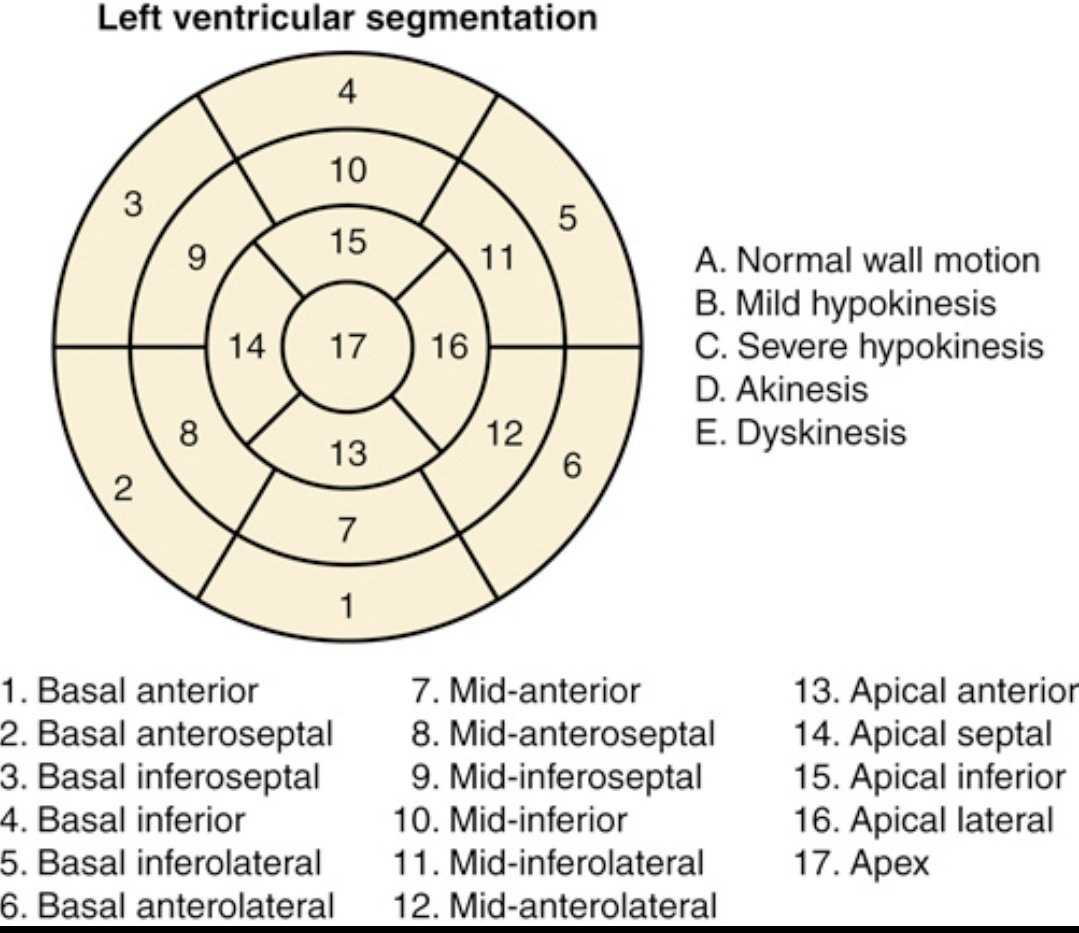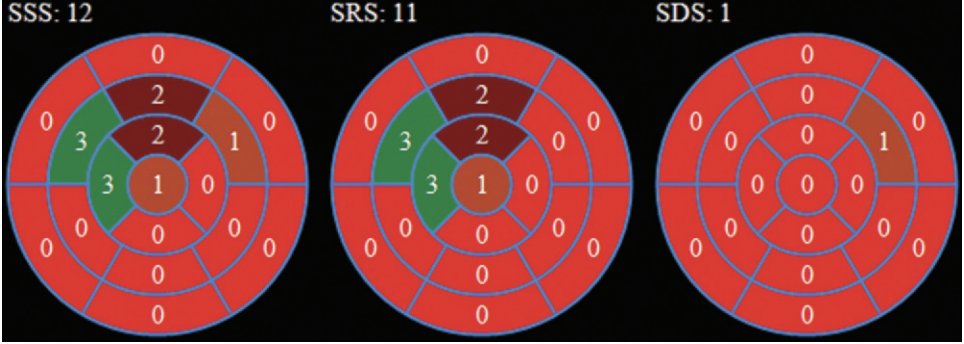
Cardio Med
@cardioeducator
🐦⬛ Tweet and Repost Educational Content of Cardiovascular Medicine 🩻 | 🩺 Follow and Subscribe ⚡
ID: 1870836120600391680
22-12-2024 14:17:54
413 Tweet
289 Followers
1,1K Following





✨ASD in the elderly - A thread 🧵 1/6 Please share your thoughts 🧠🌟 🧩70y 👵🏽, previous MI, NYHA II, lipotimia. On a transthoracic #echofirst: ASD ostium secundum + moderate AR / mild-to-moderate MR Qp:Qs = 1.3:1 (reliable?🤔) EF 64% Poll below… Benoy Shah MD












6-year-old, exercise intolerance American Society of Echocardiography American College of Cardiology European Society of Cardiology ESC WG on ACHD Chairperson Rohit loomba Ritu Thamman MD Swati Garekar Deepak Thekkoott #am-writing MD Alex Felix Alexander Mladenow MD RCPCH Prasannasimha🇮🇳 Edgar Argulian Margarita Brida















